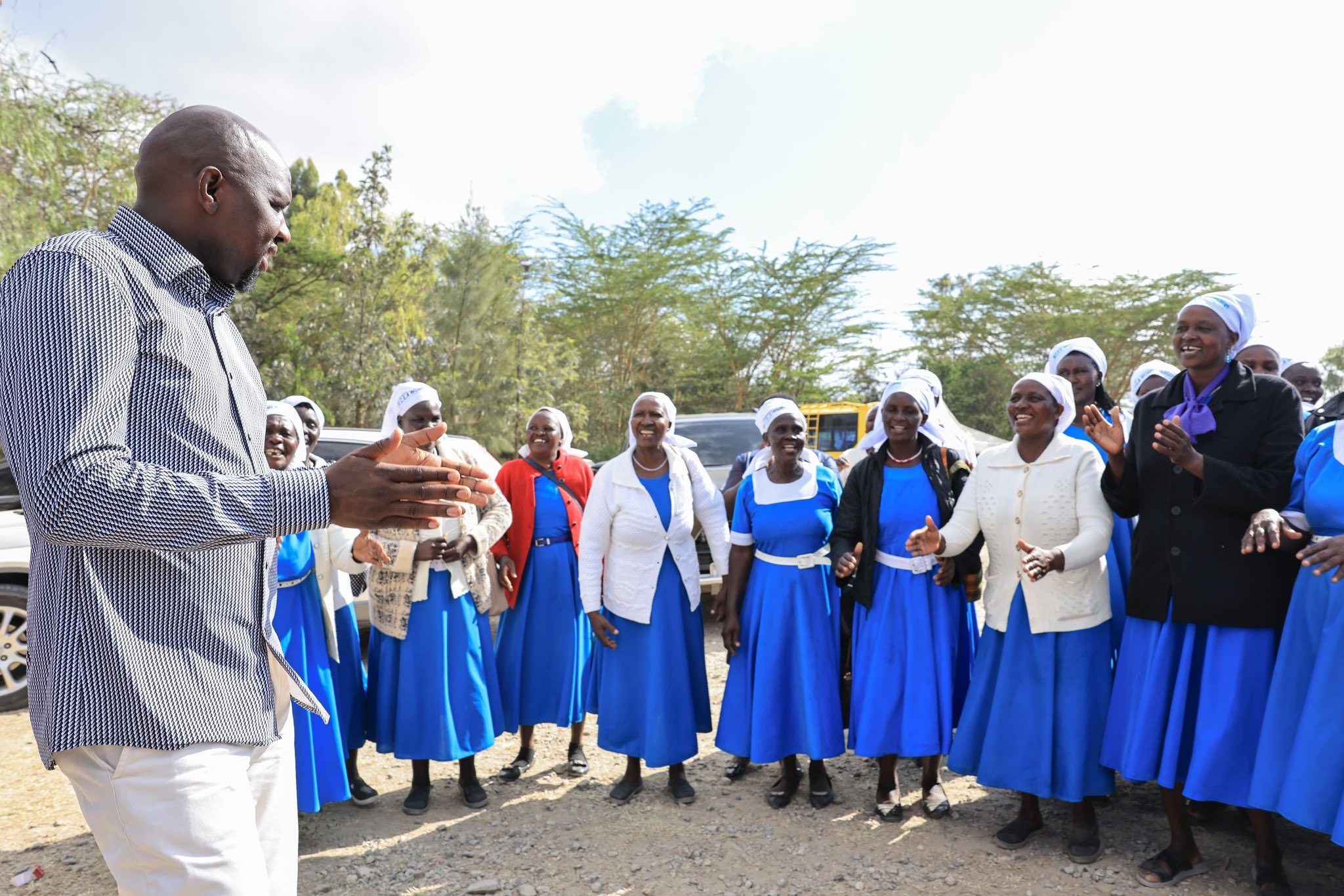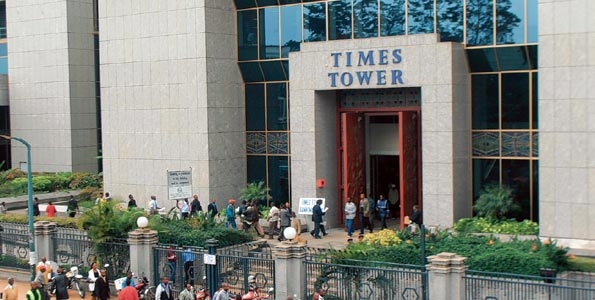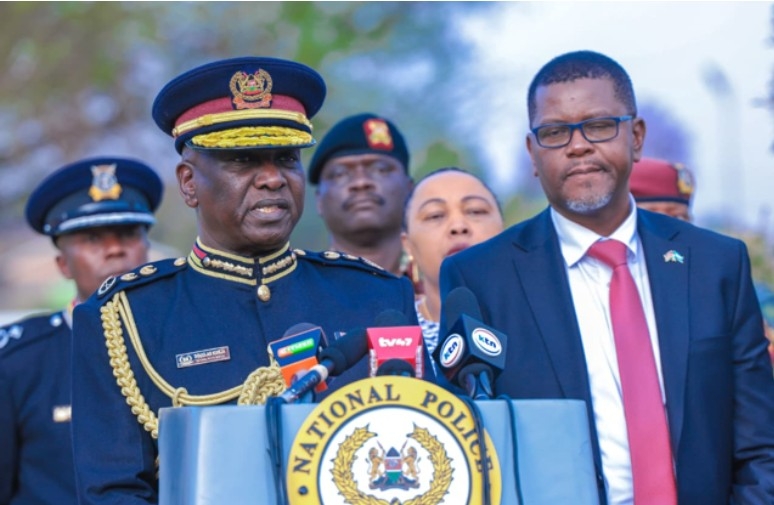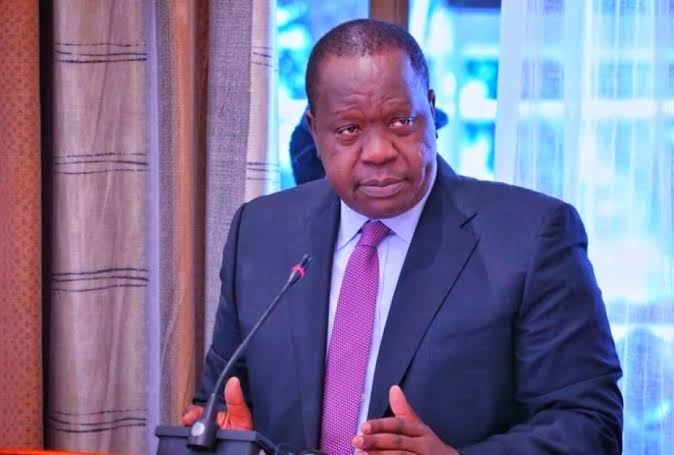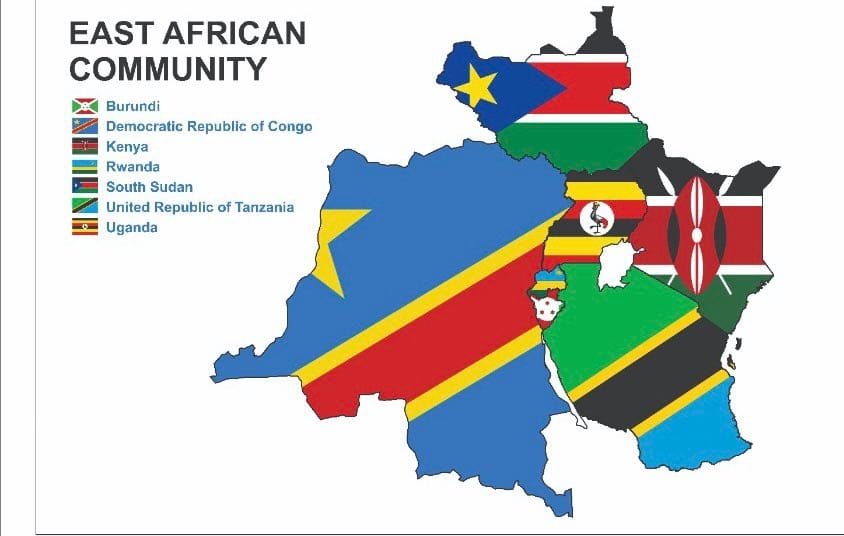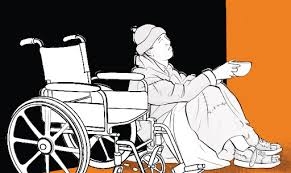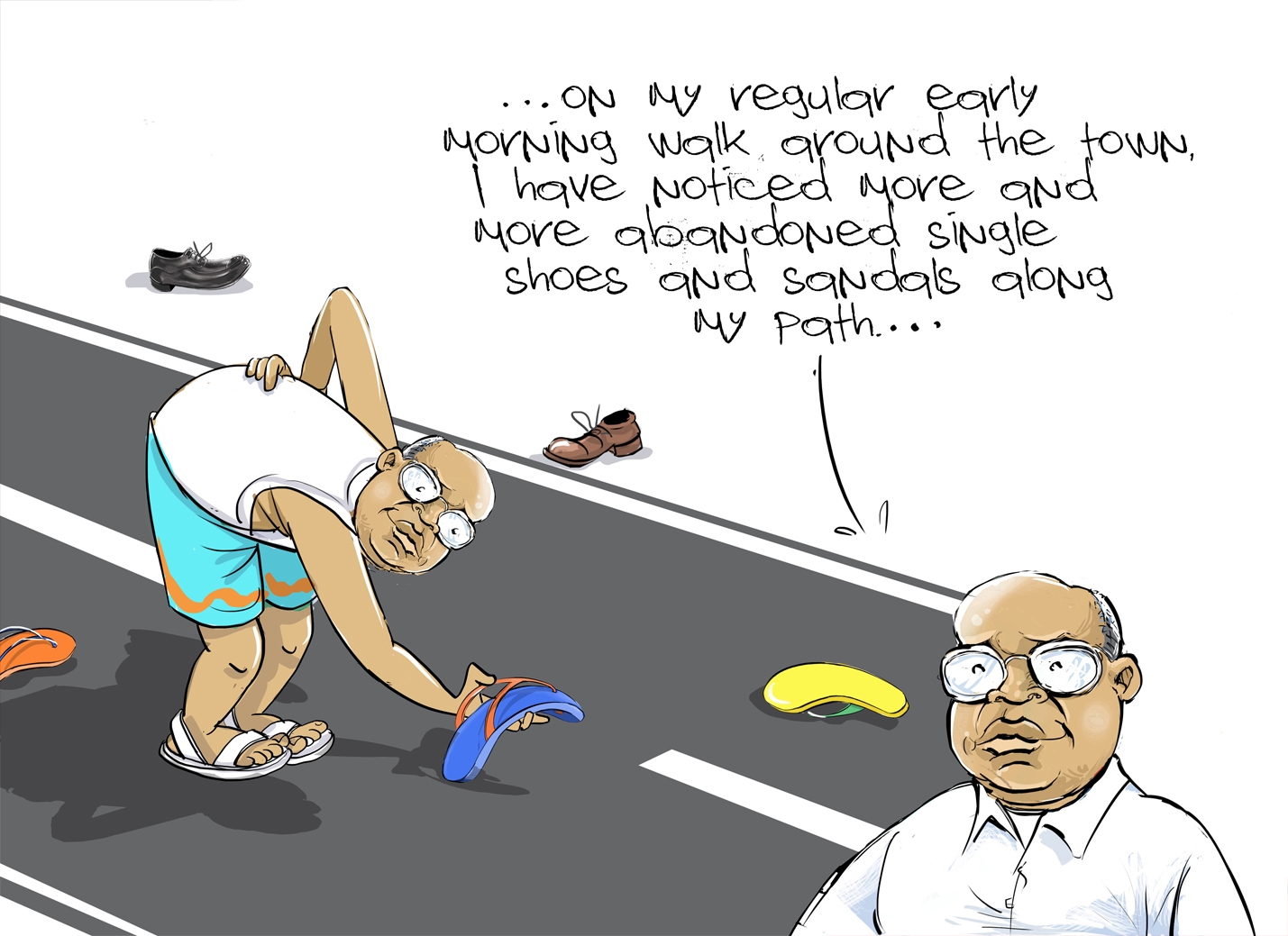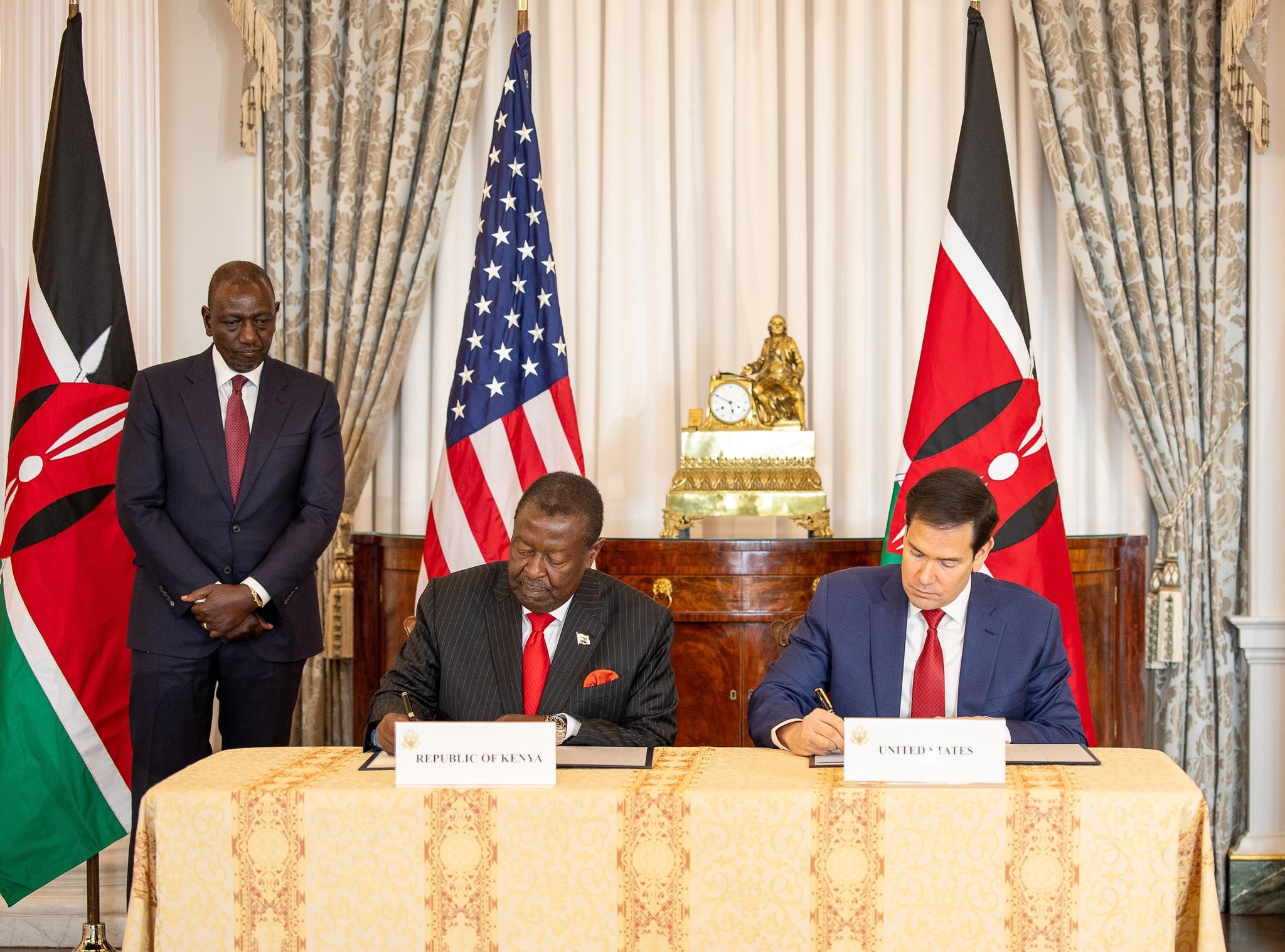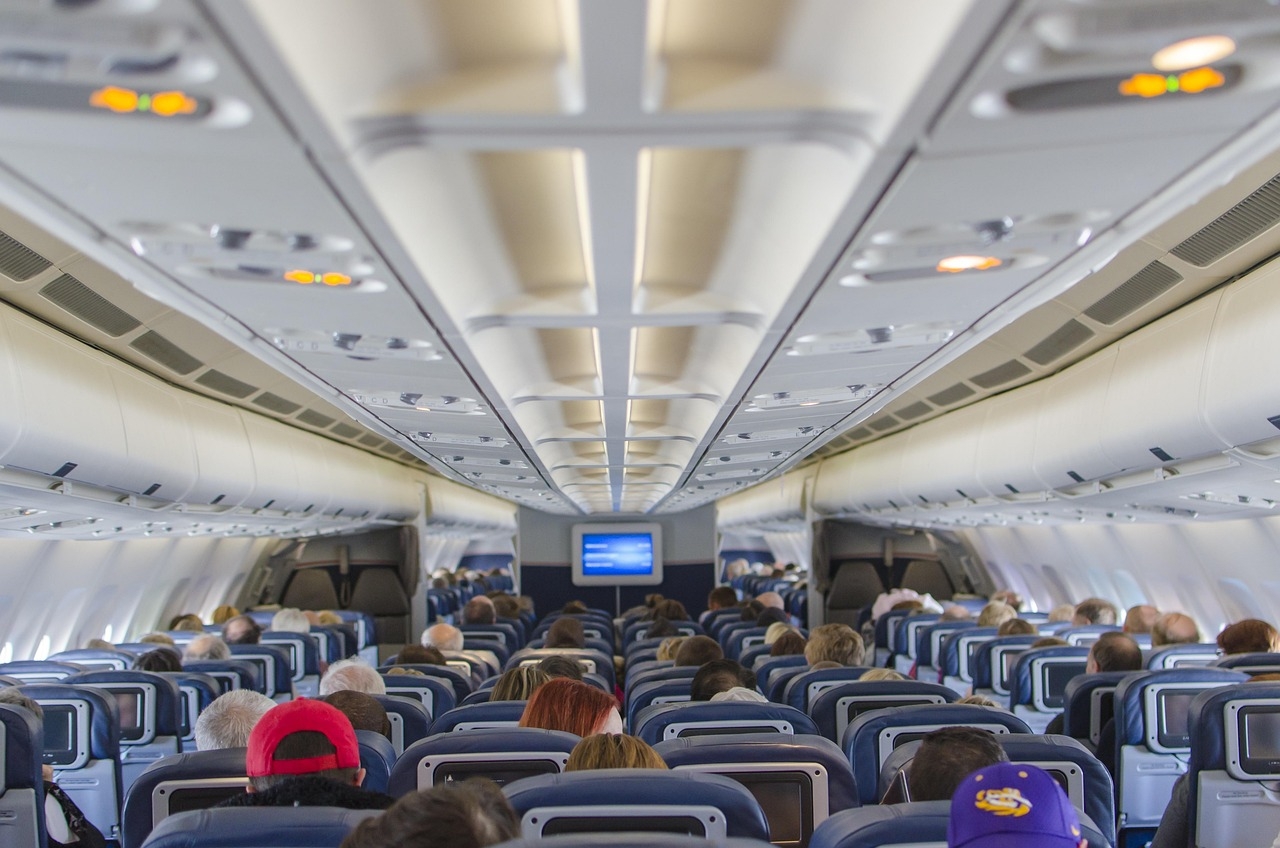
 President William Ruto speaking when he hosted Coastal Region leaders at State House on May 27, 2025 / PCS
President William Ruto speaking when he hosted Coastal Region leaders at State House on May 27, 2025 / PCSPresident William Ruto has defended the government’s use of the housing levy, saying it is a transformative tool not just for affordable housing, but also for wider infrastructure development—including markets and student hostels.
“We are not only using the housing levy to construct affordable housing, but we are also using it to build the markets. We now have 260 markets going on in Kenya,” said the President during a meeting with Coast region leaders at State House on Thursday.
The housing levy, which came into effect as part of the Affordable Housing Programme (AHP), deducts 1.5 per cent from an employee’s gross salary.
Employers match that with an equal 1.5 per cent contribution, bringing the total to 3 per cent. Though the levy has sparked public debate, the President insists its impact is already visible across the country.
“Go to any big town today in Kenya—go to Mandera, Garissa, Kisumu, Bungoma, Kakamega—anywhere. The largest housing development is affordable housing,” he said. “And this is just in two years. Tell me what is going to happen a few years from now.”
Ruto highlighted that the programme isn't just about housing. It’s also about supporting broader community infrastructure, including hostels for college students, markets for traders, and jobs for young people.
“Young people in colleges will benefit from the construction of hostels, women and everyone is set to benefit,” he added.
The President also reiterated his administration's commitment to uplifting the Coastal economy through investments in agriculture, the blue economy, and the maritime sector.
He pointed to progress in addressing historical land injustices in the region, including the issuance of title deeds and the resolution of squatter problems.
Leaders from Mombasa, Tana River, Kilifi, Lamu, Kwale, and Taita Taveta counties attended the meeting, where the President pitched the affordable housing programme as a catalyst for national development.
On May 20, Ruto handed over keys to 1,080 new social housing units in Mukuru, Embakasi South—marking a significant milestone for the Mukuru Affordable Housing Project.
The development, which began in October 2022, spans 56 acres and will eventually deliver 13,248 units.
“This is the most consequential day in my political career. These are not just keys to open doors; they are keys to homes,” said the President at the event. “We will continue to make bold and difficult decisions that will change Kenya forever. This is Kenya’s bottom-up moment.”
The Mukuru development features a mix of housing units designed to suit various income levels:
Bedsitters (5,616 units) rent for Sh3,900 per month
One-bedrooms (3,024 units) for Sh4,000
Two-bedrooms (4,608 units) for Sh5,000
These homes are structured under a rent-to-own model and serve social housing needs for those earning Sh20,000 and below, affordable housing for those earning up to Sh149,000, and upper-middle-income units for higher earners.
Across Kenya, over 200 affordable housing projects are currently at different stages of completion, employing more than 200,000 youth.
For President Ruto, the message is clear: the housing levy is not just about building homes—it’s about reshaping lives, communities, and the nation’s economic future.






